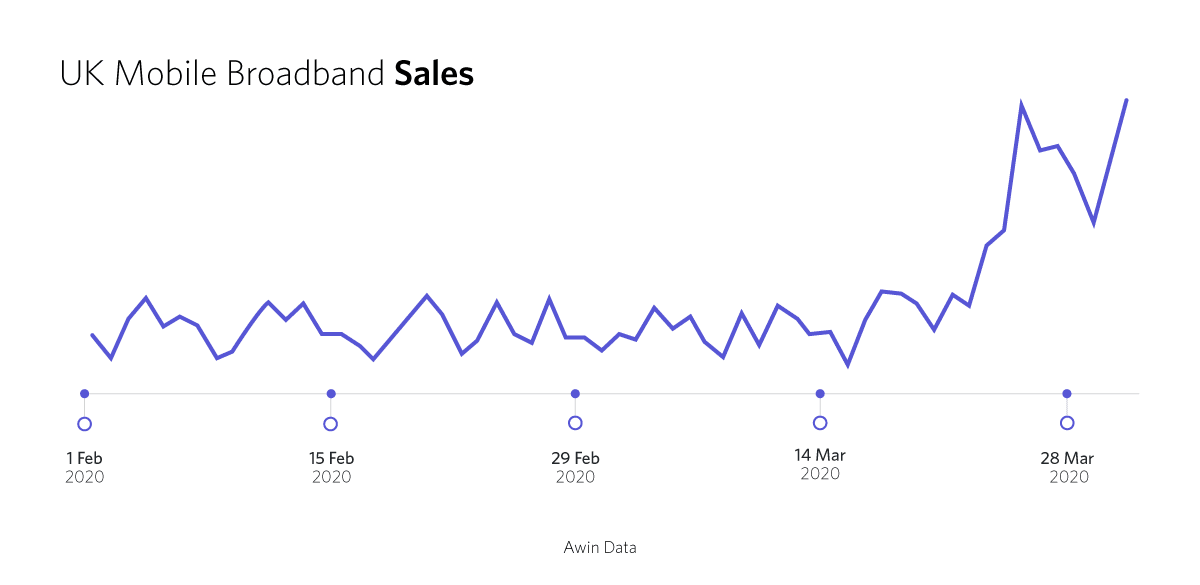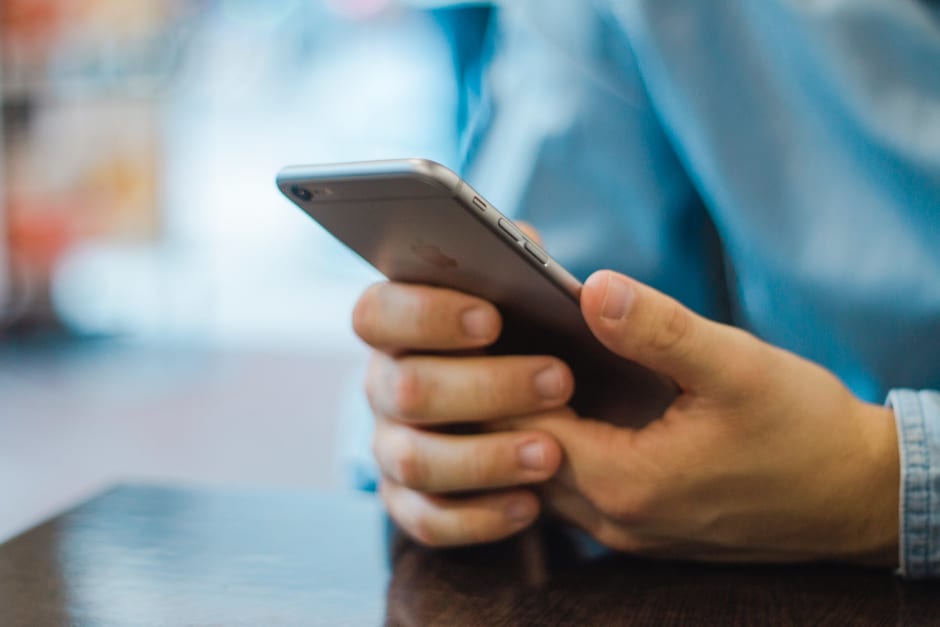Has working from home given 5G its first ‘killer application’?
With the world in lockdown we are seeing further shifts in how technology and telecommunications play a role in our lives. Text-based messaging for the younger generation and phone calls for those less savvy have been the dominant communication paradigms for the mobile age. At work, many of us are familiar with the “sorry, I was on mute” audio conference call. However, the past few weeks have suggested that these forms of communication may not be up to scratch with our evolving needs.
Locked in social isolation, an increased importance has been placed on replicating physical interactions; be it going to the pub with your friends, having a client meeting, family reunions or a simple heartfelt conversation.
Voice or emojis alone cannot convey the facial expressions and body language conveyed through a crystal-clear HD video connection. At work it’s a lot easier to read the room and tell if someone is on mute on a Teams video call. As a result, we’ve seen an emergence of video-first apps like Zoom and Houseparty, as well as spikes in video calling on Skype, Google Hangouts and Facetime.
This, combined with a growth in the consumption of video streaming, has increased the amount of data and bandwidth we now routinely require.
Lockdown demands accelerated use of mobile broadband
In the US, Verizon are reporting usage increases of 115% for online gaming and AT&T have suggested they’re seeing all-time highs for Netflix traffic on their US network.
Fast, reliable internet is now a core requirement as opposed to being just a luxury. Yet that requirement is most often being powered by humble home broadband connections.
Openreach in the UK, who power most of the country’s broadband infrastructure, reported daytime traffic hitting 51 Petabytes (PB) per day at the end of March up from 28PB three weeks prior (note: 1PB = 1,000,000GB). Awin data for UK Broadband purchases has also mirrored this surge in demand with March seeing some of the highest sale days in 2020.
That being said, a number of telecoms companies are now limiting installations, causing a rethink on the role of mobile internet. Mobile internet was historically just for using on the go as home connections had long been seen as more reliable, with mobile-powered broadband being a smaller niche product.
However, with supply of wired broadband being impacted our data shows that we are starting to see increases in mobile broadband products. Awin UK data has shown an increase of 88% in March compared to the prior month.
Similar rises for mobile broadband products are also being reported by several of Awin’s telecoms advertisers in Europe. With some consumers on slower copper-based connections, unable to move to fibre, mobile home broadband is now seen as a viable, reliable, and desirable alternative.

There are also a number of initiatives being pushed out that are introducing mobile connectivity to new audiences. Major networks across the UK, US and Europe are giving free data to allow people to access content and remain connected in these challenging times.
Telekom in Germany is just one example, providing 10,000 nursing homes with a smartphone featuring 10GB data per month for a symbolic €1, with no monthly fees for 24 months. This is unlocking the full potential of mobile connectivity for people whose current mobile phone experience may be limited to an old Nokia phone.
Is 4G reaching its limit?
As we use more mobile data, we will of course begin to push the limits of what 4G LTE technology can cope with. Whilst 5G has featured relatively prominently in advertising, there’s not been the consumer demand to match it.
Numerous 5G handsets have launched over the past year but it’s still not a mass market feature. Samsung included 5G as standard within its Galaxy S20+ and Galaxy S20 Ultra phones but, with poorer than expected sales figures, 5G still isn’t a volume-driving feature.
In fact, the technology has received more press in recent weeks for the baseless internet conspiracy theories suggesting links between it and the onset of the global pandemic, rather than for its technological promise.
However, based on what’s happened in the past with other major wireless standard changes, perhaps consumer demand is now ripe to fulfil that promise. With the world in lockdown, 5G may have finally found its ‘killer application’.
Evolving consumer appetites suggest 5G’s time may be arriving
Its often forgotten these days, but back in 2007 the original iPhone was criticised for initially only supporting EDGE (2G). Despite being marketed as the gateway to a mobile web, the iPhone’s original 2G speeds meant users were often frustrated with the slow load times on anything too image heavy. This need for speed drove consumers to quickly adopt 3G on their smartphones.
However, 3G’s limits soon began to be tested as services like Instagram emerged and people started watching YouTube on the go.
4G’s subsequent roll-out across the world in the early 2010s enabled more mobile video consumption. We could now watch Tiger King on the train or upload videos to TikTok and Instagram stories in under a minute.
The reason for 5G’s slow adoption has simply been because 4G has been good enough for our current needs.
That is until now. The global lockdown has established new consumer behaviours that are making us ever more reliant upon data-heavy video communication. And this isn’t just a demand that is coming from early-adopting digital natives either, it’s across huge swathes of the general population.
Personally speaking, my parents frequently call me now on Google Duo by default; where I meet my friends is dictated by which service supports multiple video feeds at once; and working from home means ensuring I’m out of my pyjamas for 9am, knowing every meeting will involve being on camera.
When the lockdown is finally all over, I truly believe we won’t be willing to go back to making a phone call by pressing an expensive glass screen against our ears. Instead, video calling will be the new default for communication.
If this does happen, 5G will be key in enabling this change as the low latency and speeds will be key in ensuring the video quality required. Combined with the likely increased adoption of data heavy internet usage around the world following the lockdown and the ever-growing demand for high quality video consumption, regardless of location, 5G may finally be about to have its ‘moment’.
If so, I’ll also be investing in a camera-friendly skincare routine.
